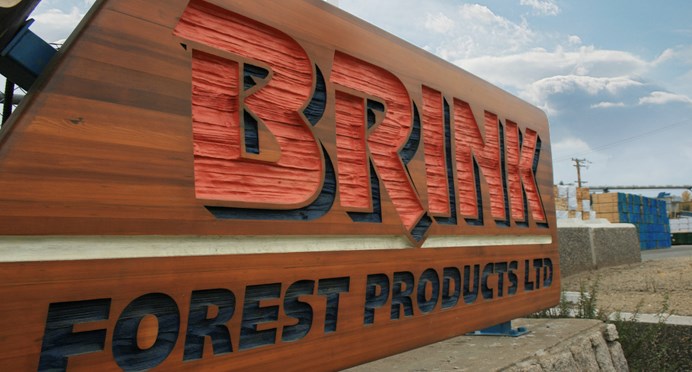B.C. Forests Minister Bruce Ralston is defending his government’s plan to allocate 10 per cent of BC Timber Sales fibre available for auction to the value-added forestry sector.
Ralston’s plan and how it relates to secondary wood manufacturers was criticized by Prince George businessman John Brink, who said the new program does not grant sufficient access to fibre and won’t be enough to attract new investment and prevent some value-added companies from going out of business.
“We take exception to the comments made on our new value-added manufacturing program,” said Ralston, in an email to the Citizen, “The 10 per cent dedicated fibre supply for the new program is just a starting point. Government is committed to ensuring additional volume for BC Timber Sales. Like John, we see BCTS as a key component in our move towards value over volume and understand the importance of it to the sector. As this number grows, so too will the dedicated fibre.”
Ralston announced Tuesday the province intends to set aside 600,000 cubic-metres of Crown land timber for value-added secondary manufacturers. That’s out of a total of between six million and eight million cubic metres BCTS annually sells to bidders as stumpage, which gives companies the right to harvest those trees.
“In addition, the value-added sector will be able to bid on Category 1 sales, as they had been able to before,” he said. “Additional fibre can still be acquired by those within the value-added program.”
Brink said B.C. companies in the secondary forest industry should have access to six million cubic metres of standing fibre and that the 600,000 allotment was woefully inadequate, enough to supply just one sawmill.
“Mr. Brink has advocated that all BC Timber Sales’ fibre supply should be dedicated to the value-added program,” said Ralston. “While I can appreciate his perspective, BCTS supports our market pricing system, ensuring British Columbians get the best value for their resource. This is our key defence in the softwood lumber dispute.”
Brink said he won’t access the Jobs Fund, which he said was designed to help mill workers whose jobs have been affected by current forestry sector conditions.
“It is incorrect to say the new BC Manufacturing Jobs Fund is to help forestry workers transition from layoffs due to mill closures,” said Ralston.
“While government did announce $185 million in Budget 2022 to support workers, the newly-announced BC Manufacturing Jobs Fund is being made available to support forestry companies as they drive clean and inclusive growth in rural, remote and Indigenous communities. Examples of eligible projects include adopting innovative processes to manufacture value-added forestry products from biomass or other alternatives or machine upgrades.”



